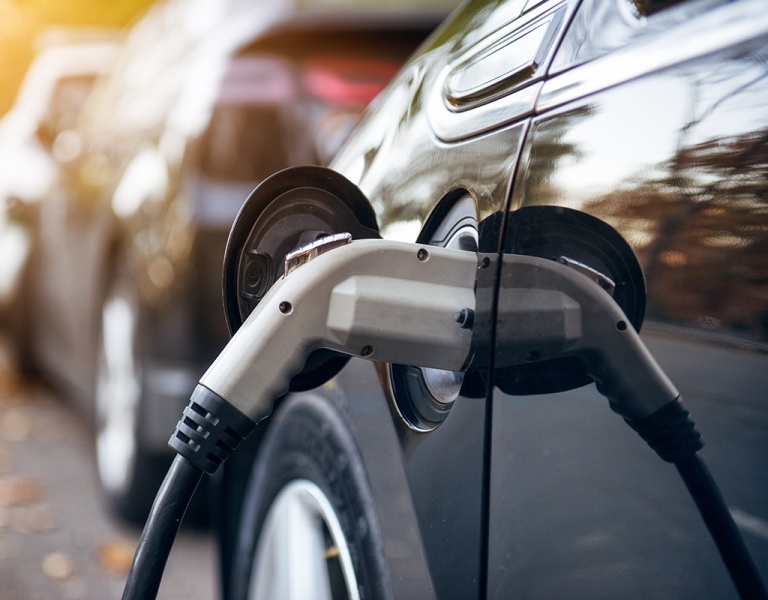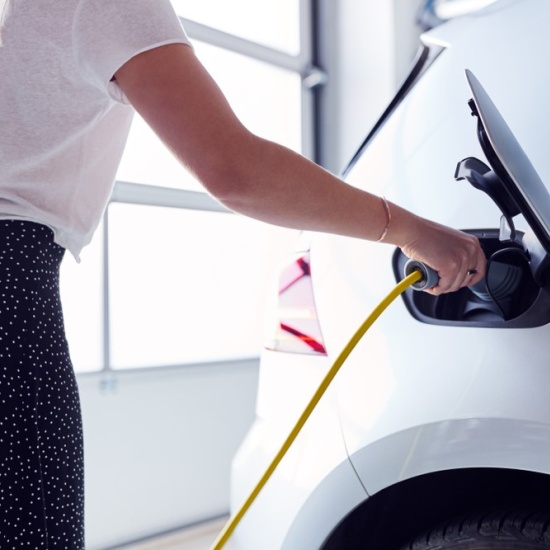Fuel Price Comparison
Let's set the record straight on the new Fuel Price Comparison posters displayed now at fuelling stations nationwide.

You may have heard or read in the media about the Fuel Price Comparison posters which fuelling stations are obliged to display on their premises.
The media interest has been accompanied with a lot of debate about the merits or otherwise of the posters. But as unfortunately tends to happen when a new regulation is introduced, there is quite a lot of misinformation in the mix too. So, I thought it I would be useful to bring a bit clarity to the matter.
Let's set the record straight on what is actually required, why and how it is envisaged to operate
The what?
Firstly, here's the legal bit. The Fuel Price Comparison is borne out of EU legislation, the Alternative Fuels Infrastructure Regulation, which was transposed into Irish law by the Department of Transport through Statutory Instrument SI 703 of 2022. The regulation mandates the Sustainable Energy Authority of Ireland (SEAI) as the regulatory body to implement the requirements. Under the regulations, fuel stations with three or more pumps are required to publish the fuel price comparisons, available www.seai.ie/fpc, on posters or displays on their premises.
The posters provide comparative costs for motorists for petrol, diesel and electric, to drive 100 kilometres in a mid-size car.
Once every quarter, SEAI will publish a template which fuel stations can use should they wish. The regulation also allows for fuel retailers to design their own poster / display, provided they clearly present the correct figures from SEAI's data.
The why?
The purpose of the fuel price comparison is to provide people with visible, consistent, and clear information regarding the comparative price of a variety of fuels used in transport. The comparison is presented in a €/100km figure.
In the Government's Climate Action Plan there are ambitious targets to reduce our reliance on fossil fuel transport that will be challenging to meet. One of the key pillars of the plan is to have almost one million EVs on Irish roads by 2030. We know that some of the primary barriers for people when considering the switch to an EV are range anxiety (ranges are constantly increasing), public charging infrastructure (gradually improving), purchase cost (prices are steadily dropping as competition heats up) and running costs. Considering this last barrier, providing this comparative information at the point of sale of fossil fuels will inform motorists of the substantial differential providing further impetus to the switch to electric.
So, providing visibility of the cost comparison at point of purchase is a relatively small action but an important one as part of a larger drive to decarbonise transport.
The how?
Some have tended to question the figures published in SEAI's fuel price comparison. First things first, the approach taken by SEAI is fully in line with the common methodology set out in EU Regulation.
The full methodology is outlined and publicly available here: Fuel-Cost-Comparison-Methodology.pdf (seai.ie)
The focus of that debate has been on the cost of charging an electric vehicle. So let me dig into that a little deeper and explain how the costs have been calculated.
SEAI calculated the electricity costs by using a 90/10 split in home charging versus public charging. A recent survey of Irish EV Owners showed that 88% of owners primarily charge at home and 8% at their workplace. Further to this, over 90% of EV drivers charge at public charge points "never", "infrequently" or "a few times" a month. Genuine EV driver experience is the best foundation for determining this split.
The home charging price is taken from SEAI Domestic Fuel Price Comparison report night rate value. Public charging costs is an average of ad hoc prices from several charge point operators, which are publicly available, without requiring the need for sign up to app or account.
Fuel prices
Petrol and diesel prices are sourced from the Irish fuel prices made available by the AA.
The popular C-segment was selected as the vehicles for comparison. The C-segment is essentially your standard passenger cars i.e. the most popular vehicle on the roads. The common methodology requires a "virtual" vehicle to be composed of the average of the three best selling vehicles per fuel type in the segment of the previous year. That is to say, the three best-selling EVs are combined to form the virtual vehicle for the comparison in a similar vein as petrol and diesel vehicles are combined.
The result
The regulation covers a lot more than discussed here but I have just tackled some of the main points being raised within the media coverage over the past days.
The key takeaways are:
- The Government, in line with EU policy, is fully committed to a major transformation of our car fleet from petrol / diesel to electric because our electricity is increasingly generated from renewable sources.
- SEAI is a key implementor of that policy through the Government funded EV purchase and home charger grants.
- One barrier to EV purchase is lack of awareness of the significantly lower operating costs relative to traditional petrol or diesel cars.
- This regulation, in fulfilment of an EU regulation, will make this operating cost differential very visible to motorists every time they purchase petrol or diesel
Fuel price comparison
Reference Period: Q1 2024
Representative Vehicle Segment: C-Segment
Prices (estimation).
*Blended rate of charging - 90% at home (night rate) and 10% public (fast charge)
Find out more about See fuel price comparison poster



